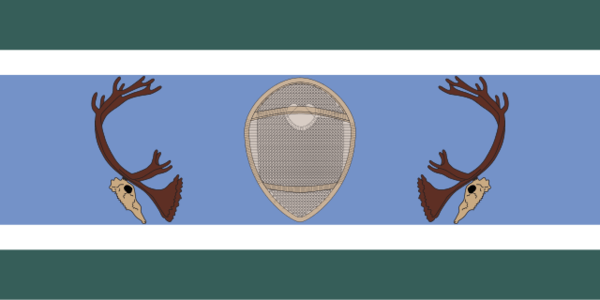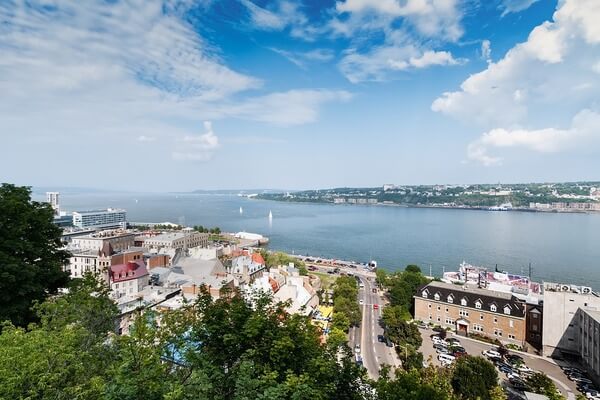News Release from windfair.net
Wind Industry Profile of
Canadian Innu Fight for Wind Farm
A study published last year reveals the increase over the past ten years: one fifth of the indigenous population in Canada (First Nations) is now involved in renewable energy projects. This has created 15,300 direct jobs in electricity production for this population group having generated an income of 842 million dollars over the last eight years.
"That is a huge number, because if you have a job you are contributing to the economy, it's a real job, it's honest work," Chris Henderson, author of the study, told CBC News. "The number of jobs created is the story of how our country is changing and how indigenous people are part of a clean energy future."
Most of these projects use hydroelectric power, about 25 percent are wind energy projects. One of the largest is the Henry Inlet Wind Farm with an output of 300 MW when completed. Project developer Pattern Development is aware of its importance going beyond electricity production. “This landmark project is a first on many fronts: largest wind project in Ontario, largest on-reserve wind installation in Canada, highest hub heights in North America, and the first to develop a First Nation Environmental Stewardship Regime under the First Nations Lands Management Act," said CEO Mike Garland when the contract was signed.
However, the reservation on Canada's west coast, where the wind farm is currently being erected, was recently affected by a forest fire - but according to the wind farm's website, construction work has now been resumed. The wind farm was not damaged.

Flag of the Innu (Image: TaraTaylorDesign [CC0], from Wikimedia Commons)
On Canada's east coast in Sept-Îles, the Innu would also like to have come that far. Plans for the construction of the Apuiat wind farm are already finished - but whether the 200 MW project with three Innu groups involved in cooperation with project developer Boralex, will be built is currently unclear. The reason: elections are scheduled for October 1 in the province of Québec and an opposition of local politicians who are against the project has already joined forces. So whether the wind farm will be built depends on the outcome of the election.
Meanwhile, a dispute has risen over the costs of the wind farm. In a recently leaked letter, the president of the local energy supplier Hydro Québec claimed that the costs for the energy utility would amount to between 1.5 and 2 billion dollars over 25 years. Opponents of the wind farm call this far too expensive. Meanwhile, the proponents demand a disclosure of all figures concerning the project, as they consider the costs to be unreliable. Hydro Québec has so far refused to do so.
Now the acting Prime Minister of the province, Philippe Couillard of the Liberal Party, has interfered and stood up for the construction, according to the Montreal Gazette: "How do you define profit? Profit is the peaceful development of Northern Quebec with First Nations,” Couillard said last week, after a meeting with Innu leaders. “We have a strategic choice to make here. On one hand, we can try to develop projects in constant opposition with First Nations, and conflict, and there will be no projects. Or we can use this opportunity to make them true partners in projects.” In addition, Couillard called for a new calculation of costs by the energy supplier.

The Saint Lawrence River flows across the province of Québec (Image: Pixabay)
In case Couillard's Parti Québécois challenger Jean-François Lisée will win the elections, the project will probably be put on hold. One of the leaders of the Innu tribes, Ghislain Picard, makes clear to the Montreal Gazette what this would mean for the future of the region. For him, the wind farm is a chance to repair some of the damage caused by dams in the hunting grounds of the Innu. "They destroyed so much of our land without giving us a cent in compensation,” Picard said. “I want to look to the future, we have to, but it’s important to realize there’s some history here. So why not take advantage of this chance to create clean energy? A project that can help us in that journey toward economic independence without destroying our rivers."
- Author:
- Katrin Radtke
- Email:
- press@windfair.net
- Keywords:
- Canada, Innu, wind farm, Québec, province, renewable energy, Hydro Québec, indigenious people


























